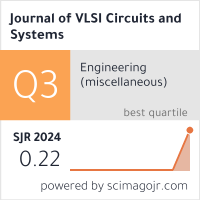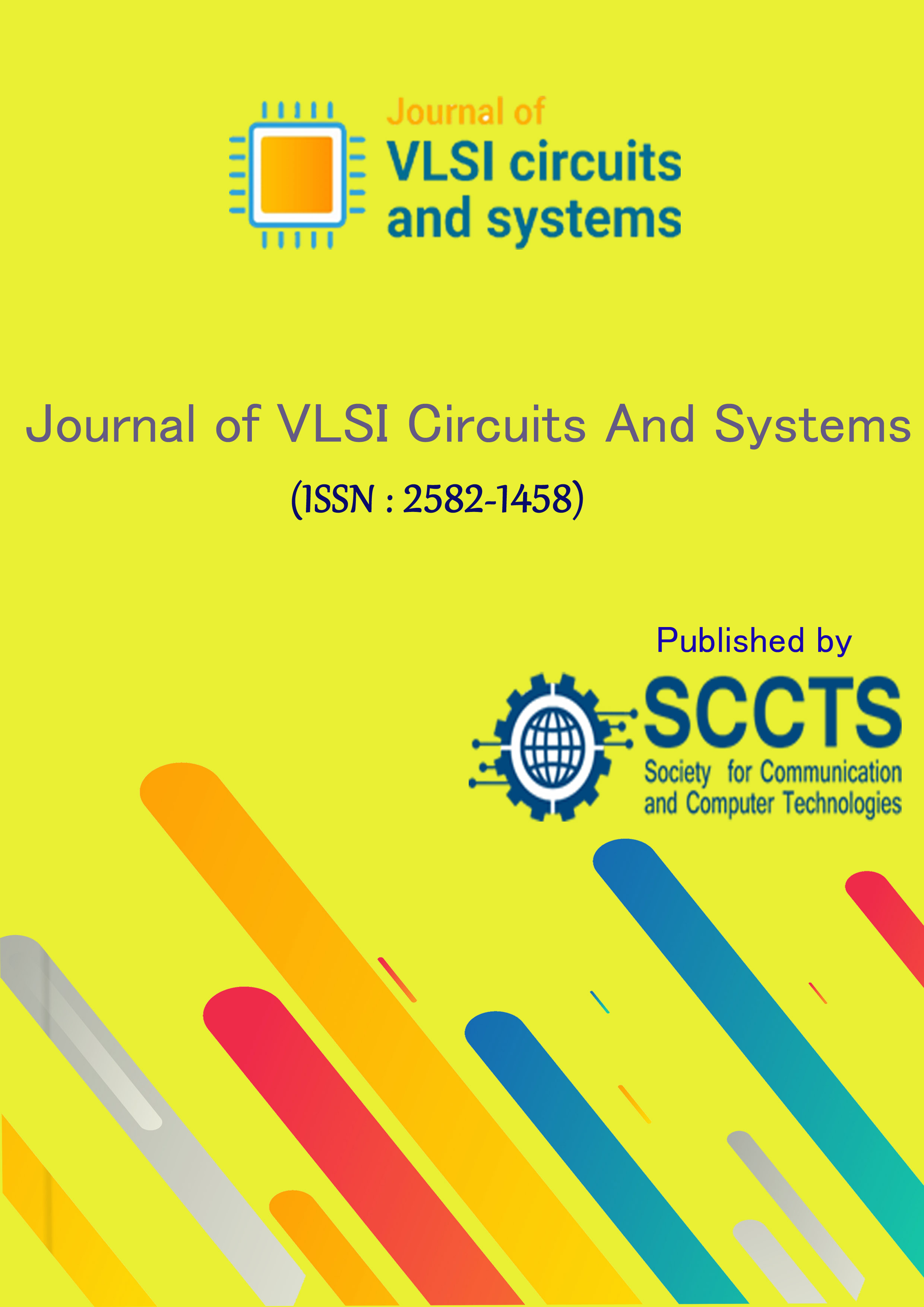Memory Module: High-Speed Low Latency Data Storing Modules
DOI:
https://doi.org/10.31838/jvcs/05.01.05Keywords:
6T SRAM; Cadence Virtuoso; MOSFET; Efficiency; Power consumption; Standby leakage currentAbstract
The electronics devices are facing a foremost drawback of standby leakage, which severely impacting the electronics industry from the past few decades. As well as the need for cache memory is proportionately increasing with the data processing frequency of the processors. SRAM is used for cache reminiscence layout. Many low energy techniques are considered to minimize the current leakage. Full MOSFET 6T SRAM mobile is the main application used for designing digital circuits. This task implements 6T MOSFET SRAM cell. The usage of FinFET spectra models, the layout, and circuit level software implementations are carried out using FinFET 18nm nodes.
The power intake, mainly off-state leakage, present-day, is every other major problem being confronted inside the present-day technology of electronic enterprise because the chip densities increase with a wider variety of transistors. Energy consumption is the fundamental disadvantage in the SRAM model evaluation. Considering the salient features of the FinFET, 6T SRAM cell is designed at 18nm FinFET spectre models, and it is compared in contrast to MOSFET standard cell in support to the simulation results.












